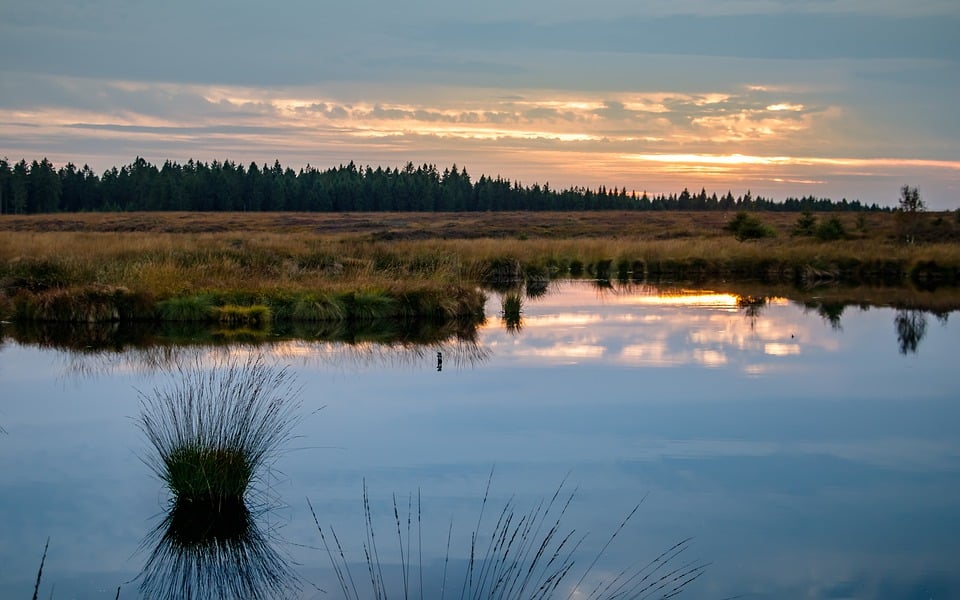As hurricane season draws near, studies show that coastal wetlands can mitigate property damage from flooding and storms, saving taxpayers millions of dollars annually in averted losses.
The study, jointly conducted by researchers from the University of California Santa Cruz and scientists from private insurance, conservation, and engineering groups, assessed the value of the ecosystem services provided by wetlands to mitigate flood damage in the northeastern United States caused by Hurricane Sandy in 2012. The researchers estimated that $625 million of property damage was prevented by coastal wetlands. From Maine to North Carolina, the study found an average 22% reduction of damages for each of the areas assessed.
Their findings established a clear, positive correlation between wetlands and the value of nearby properties. They also found a positive correlation between wetland areas and averted losses due to flooding. This correlation was consistent in heavily urbanized coastal areas that had lost most of their wetlands, such as New York, where wetlands cover only 2% of the land yet still saved the state $140 million.
Wetlands as a buffer
Wetlands can serve as a buffer between the ocean and inland properties. As the storm surge produced by a hurricane moves onto the land, wetland vegetation significantly reduces the wave energy and height, with some wetlands attenuating surge action by up to seventy centimeters per kilometer.
Despite the profound ecosystem service value, only about 3% of private and public investments in coastal infrastructure go toward wetland restoration. The remaining 97% goes toward “grey” infrastructure, such as concrete seawalls that can be expensive to maintain and often only redirect flood water to other areas, potentially exacerbating the damages to life and property.
Aside from damages caused exclusively by hurricanes, the researchers also measured the annual flood mitigating benefits derived from salt marshes in Barnegat Bay in Ocean County, New Jersey. They found that properties buffered by wetlands experienced an average of 16% fewer losses than those not buffered from the ocean by wetlands, suggesting that wetland restoration is a sound investment even if few hurricanes make landfall in the region.
How can we plan ahead?
An affiliated report by Lloyd’s Tercentenary Research Foundation assessed strategies for funding wetlands restoration initiatives. The restoration strategies included investing in flood-mitigating wetland restoration and conservation before a catastrophic weather event, which would reduce the price of insurance premiums and securities, allowing the resulting savings to pay for the initial costs of restoration. Then, after a natural disaster does occur, a portion of the public and private recovery and rebuilding funds would be allocated towards further wetland restoration efforts, making the coasts even more resilient and reducing flood insurance premiums further.
By quantifying the monetary value of the ecosystem services provided by wetlands, wetland conservation is legible to politicians, investors, and laypeople. This understanding will lead to an increase in wetland management for the benefit of humans and ecosystems alike.
Sources:
Siddarth, N., et al. (2017). The Value of Coastal Wetland for Flood Reduction in the Northeastern USA. Scientific Reports, 7 (9463). Retrieved from https://www.nature.com/articles/s41598-017-09269-z
Stephens, T. (2017). Coastal wetlands dramatically reduce property losses during hurricanes. University of California Santa Cruz Newscenter. Retrieved from https://news.ucsc.edu/2017/08/coastal-wetlands.html

